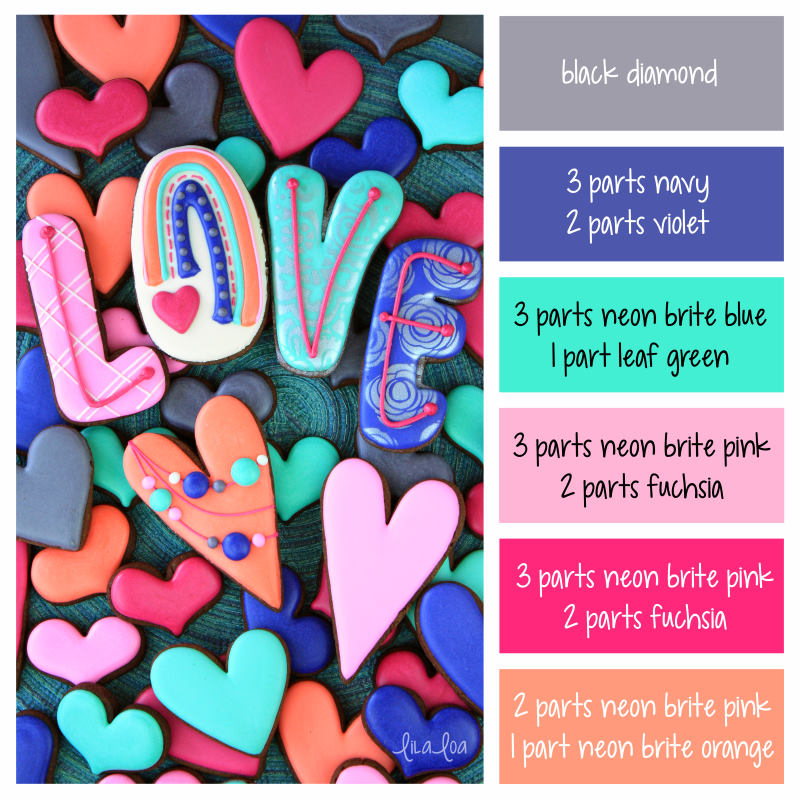Ever wondered why purple, green, and white are so prominent around International Women's Day? These hues aren't just a pretty picture; they're steeped in history and symbolism, representing the spirit of this globally recognized celebration. Let's dive into the fascinating world of the Women's Day color scheme and uncover its powerful message.
International Women's Day (IWD) is a day dedicated to celebrating the social, economic, cultural, and political achievements of women. The visual language associated with this day, particularly the color scheme, plays a crucial role in amplifying its message and fostering a sense of unity. Understanding the history and meaning behind these colors allows us to appreciate their significance and use them effectively to support the ongoing fight for gender equality.
The most commonly associated hues with International Women's Day are purple, green, and white. While these colors weren't officially adopted by the United Nations, their historical connection to the women's suffrage movement has cemented their place in the visual representation of IWD. This vibrant trio represents justice, dignity, hope and purity, and together they convey a potent message of strength, resilience, and solidarity.
The roots of the IWD color scheme can be traced back to the Women's Social and Political Union (WSPU) in the United Kingdom in 1908. The WSPU, a key organization in the fight for women's suffrage, adopted purple, green, and white as their colors. Purple symbolized justice and dignity, green represented hope, and white stood for purity. These colors became synonymous with the struggle for women's rights, and their association with IWD carries that historical weight.
Over time, the use of these colors has evolved and expanded. Today, the Women's Day color scheme serves as a visual reminder of the ongoing fight for gender equality. It's a powerful tool for raising awareness, promoting advocacy, and fostering a sense of community among women and their allies worldwide.
While there is no strict set of rules for using the IWD color palette, embracing these hues in various ways can contribute to the visual celebration of the occasion. From incorporating them into social media graphics and website banners to using them in event decorations and clothing, the possibilities are endless.
Several benefits arise from using the IWD color palette. First, it creates a sense of global unity and solidarity, visually connecting individuals and organizations working towards gender equality. Second, it helps raise awareness about the importance of IWD and the ongoing struggle for women's rights. Lastly, it provides a powerful platform for self-expression and celebration, enabling individuals to show their support and pride in a visually compelling way.
You can create a compelling IWD campaign by incorporating the color scheme into your marketing materials, website, and social media posts. Consider hosting an event with decorations and attire reflecting the IWD colors, or partnering with organizations working towards gender equality.
Frequently Asked Questions:
1. What are the colors of International Women's Day? Purple, green, and white.
2. What do the IWD colors represent? Purple symbolizes justice and dignity, green represents hope, and white stands for purity.
3. Who created the IWD color palette? The Women's Social and Political Union (WSPU) in the UK.
4. When were the IWD colors first used? 1908.
5. Why are these colors important? They represent the history and ongoing struggle for women's rights.
6. How can I use the IWD color palette? In social media graphics, website banners, event decorations, clothing, etc.
7. Are there any rules for using the colors? No strict rules, but using them respectfully and in line with the spirit of IWD is encouraged.
8. What is the main message conveyed by the IWD color scheme? Strength, resilience, solidarity, and the ongoing fight for gender equality.
Tips and tricks for using the Women's Day color palette: Consider using varying shades and tints of purple, green, and white for a more dynamic look. Pair the colors with bold typography for impactful messaging. Incorporate them into illustrations and patterns for a creative touch. Don't be afraid to experiment and find ways to express your support for women's empowerment through this symbolic color scheme.
The International Women's Day color palette is more than just a visual aesthetic; it’s a symbol of a powerful movement for equality and justice. From its historical roots in the suffrage movement to its modern-day application, the combination of purple, green, and white continues to inspire and unite individuals worldwide. By understanding the meaning and history behind this color scheme, we can use it effectively to celebrate the achievements of women, advocate for a more equitable future, and honor the ongoing fight for gender equality. Let us continue to embrace these colors and the values they represent, not just on International Women's Day, but every day. Take action today—show your support by incorporating the IWD color palette into your next campaign, social media post, or even your everyday attire. Together, we can create a brighter future for all women.
St Patricks Color Palette - The Brass Coq
women's day color palette - The Brass Coq
women's day color palette - The Brass Coq
Valentines Day LOVE Color Palette and Icing Color Formulas - The Brass Coq
Its my lucky day Color Palette - The Brass Coq
Mothers Day Color Palette - The Brass Coq
ValentineS Day Color Palette 2024 - The Brass Coq
por inadvertencia cuchara veinte women color palette asignar - The Brass Coq
women's day color palette - The Brass Coq
women's day color palette - The Brass Coq
Valentines Day Color Palette - The Brass Coq
Valentines day color palette - The Brass Coq
women's day color palette - The Brass Coq
14 Valentines Day Color Palettes 2023 - The Brass Coq
Noticias Umeki musical colores valentine Amabilidad Canal Ineficiente - The Brass Coq













